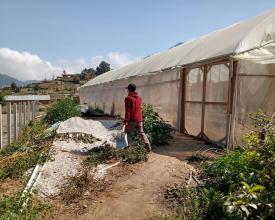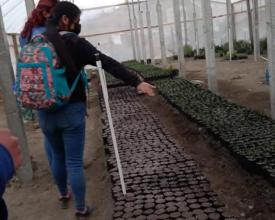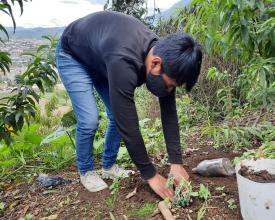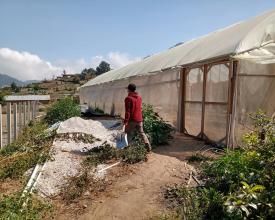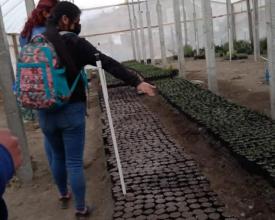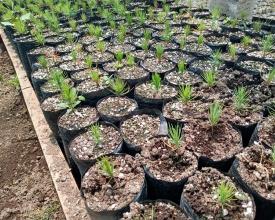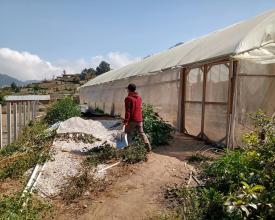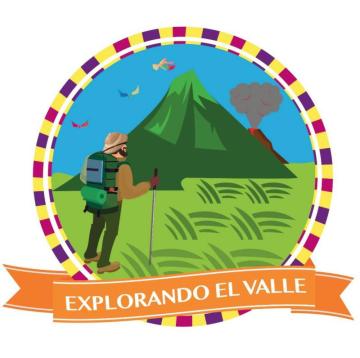
Heart of the mountain nursery for the recovery and conservation of biodiversity in protected areas in Quetzaltenango, Guatemala.
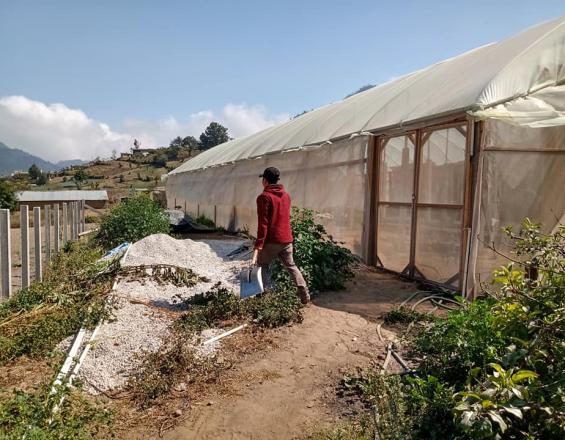
In the protected areas of the volcanoes: Santa María, Cerro Quemado and Siete Orejas, located in Quetzaltenango, Guatemala, the territorial area of the municipal garbage dump, the landslides due to lack of forests and the advance of cultivation have increased, which generated the solution of creating a community nursery, in which trees and native medicinal plants are germinated and collected to reforest these areas. The innovation is to have a community nursery producing natural resources for reforestation, avoiding to manage them with private or governmental organizations that represent a cost in money and time. It is an unlimited resource of trees and medicinal plants to be transplanted in protected areas that have been deforested, burned or lost forest.
Seeds of plants that are natural to their biodiversity are extracted from the protected areas, germinated in the nursery and then transplanted in those areas. Through this nursery, 14 hectares of protected areas have been reforested.
Context
Challenges addressed
To move forward with the limitations of the current pandemic caused by the COVID-19 disease. As well as generating new alliances with public and private, national and international institutions. Expand the extension of the community nursery for greater diversity in plants and achieve greater territorial extension reforested. To serve as inspiration for new organized groups that fight for the conservation and restoration of the environment.
Location
Process
Summary of the process
The building blocks interact in the sense that each is a condition for the next. First, a community nursery must be created and maintained to germinate and produce natural resources (trees and medicinal plants). Subsequently, the protected areas to be reforested are located, planning the activities for this objective, and the development of these activities is documented along with their immediate, short, medium and long term results; the perceptions of the beneficiary groups are also documented.
Building Blocks
Community nursery
The community nursery is the main element as a means of producing unlimited natural resources, if its management is optimal, to be used in the reforestation of areas with forest loss, deterioration or deforestation. It is essential to avoid buying or waiting for donations of trees or plants, which represent costs in money and time. It can also function as a means to generate income with the commercialization of the resources produced in the nursery, with the purpose of being self-sustainable.
Enabling factors
Territorial space, technical assistance for the construction of the nursery, as well as for the germination and maintenance of the trees and plants. Also the material and human resources necessary for the maintenance of the nursery.
The commercialization of the plants produced in the nursery, which are sold to individuals who wish to plant them in their properties, with the purpose of generating economic income that allows this solution to be self-sustainable (payment of workers, basic services, rent, among other expenses).
Lesson learned
The construction of the nursery requires the legalization of the land on which it will be built, as well as the technical and legal advice necessary for implementation.
Resources
Planning for reforestation of protected areas
It is intended to plan activities for the reforestation of the areas catalogued as protected, with oak trees and other plants germinated in the community nursery; with the purpose of recovering and conserving the biodiversity of the native species of these areas, and to receive the benefits that this represents.
Enabling factors
Acquire a variety of trees and plants to reforest protected areas, which can be achieved through the construction of a community nursery where the necessary natural resources are produced.
Lesson learned
It is easier and more continuous to reforest protected areas having their own natural resources generated in a nursery, than to seek them through the use of intermediaries and other institutions, since they represent a cost, sometimes high, in time and money.
Documentation and publications
From all the activities and studies carried out, documents are prepared to be shared with the beneficiary groups and other interested parties, with the objective of generating awareness and knowledge about the recovery and protection of the protected areas, as well as the native plants that can be planted in these areas, in order to avoid their reduction or extinction or their inadequate mixture with plants from other places.
Enabling factors
Document all activities carried out, as well as their results. Carry out constant studies of the native trees and plants used to reforest protected areas, as well as technical advice to provide accurate and quality information that can be used and applied by the recipients.
Lesson learned
Supporting documents make it possible to keep information on the plants grown in the nursery, the activities carried out and their results, to be disseminated to collaborating groups, beneficiaries and other interested parties, which generates an environment of trust and satisfaction among the general population.
Resources
Impacts
The community nursery, as an unlimited resource of trees and medicinal plants to be transplanted in protected areas, has a positive environmental impact, such as the presence of more fauna, less heat in the rural area where families live, better air quality, fading of the odor coming from the nearby municipal garbage dump, less flooding and landslides in the rural sector.
As a social impact, improved quality of life for families living near the protected areas, increased level of emotional satisfaction with the health of the environment. Health is attended through medicinal plants to cure illnesses of the community members. Its economic impact, community members can use medicinal plants to replace chemical medicine that has a high economic cost. Also, by reducing landslides and floods, there are no longer material losses due to the destruction of the homes of families living near the protected areas.
Beneficiaries
Families living near the reforested protected areas and in rural areas. Citizens in general of the municipality of Quetzaltenango and the department of Quetzaltenango, Guatemala, with an approximate beneficiary population of 257,263 people.
Sustainable Development Goals
Story
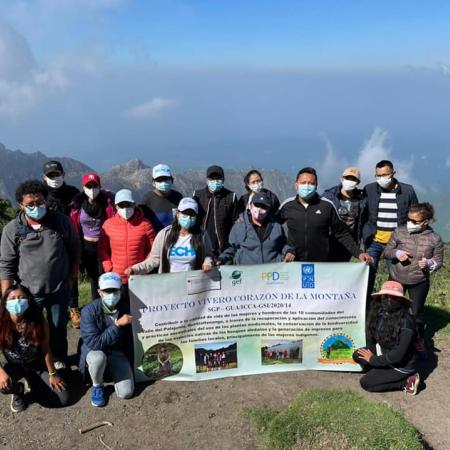
The action for the protection and recovery of the environment stems from the desire to promote community tourism in the Palajunoj Valley, located in Quetzaltenango, Quetzaltenango, Guatemala, seeking the economic development of the sector. However, due to the deterioration of the forested and protected areas, the excess of garbage and waste in the area, as well as the critical state of the municipal garbage dump, it was decided to promote the reforestation of several areas, including protected areas. Support was received from the ancestral Mayan authorities to coordinate the work in accordance with our customs and values. To this end, the Asociación de Guías de Turismo Comunitario Explorando el Valle, NGO, was legally constituted and financing was obtained for the creation of a community nursery to produce natural resources, trees and medicinal plants for the reforestation of areas with forest loss, fire or deforestation. It has been very well accepted in the sector; families, spiritual guides, healers and midwives use the local medicinal plants to cure illnesses, taking into consideration that the cost of chemical medicine is quite high, contributing to the psychic and physical health of the beneficiaries.
